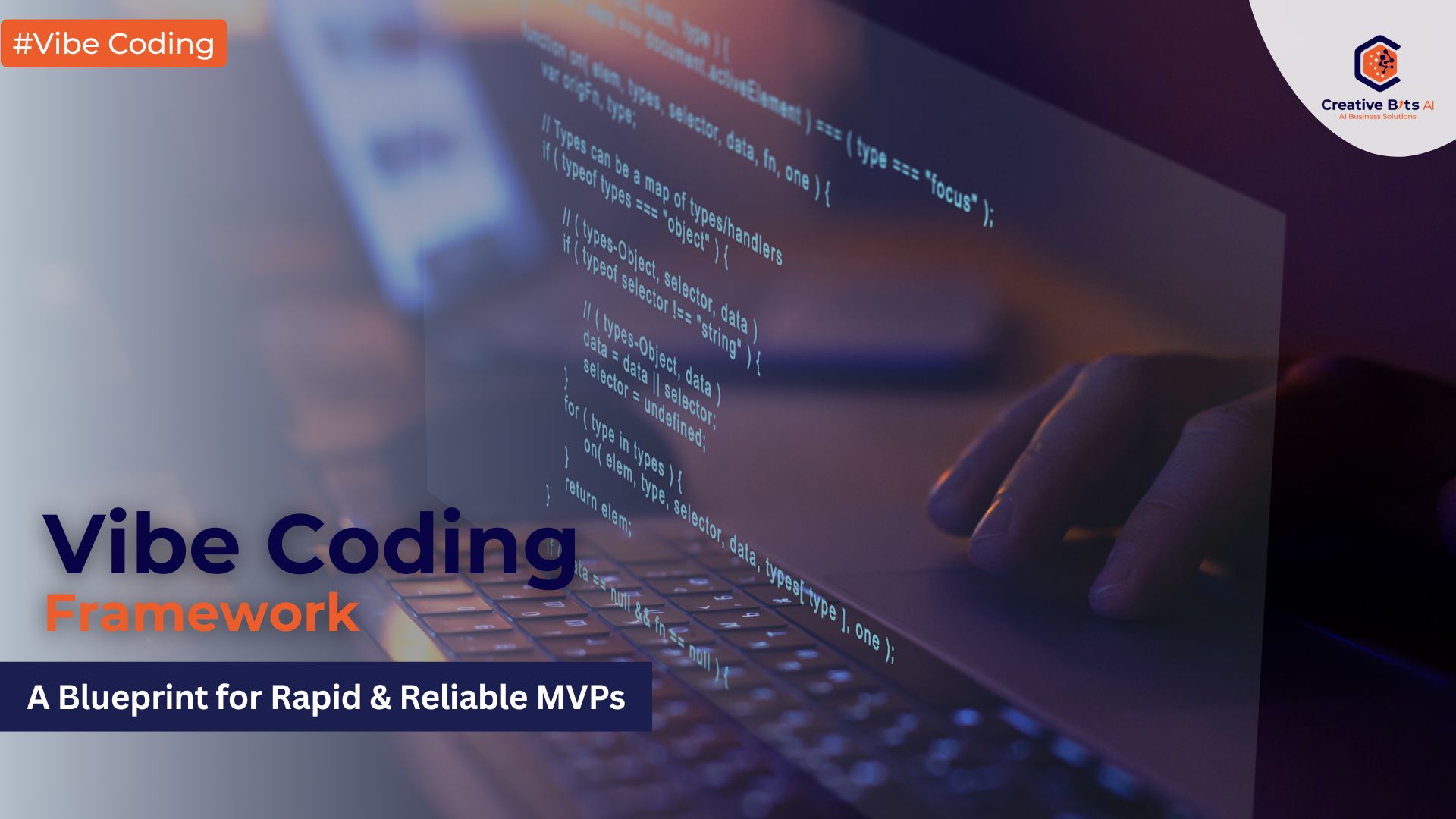Artificial intelligence (AI) adoption is now required in today’s corporate environment since it is a vital component of innovation and competitiveness. However, a lot of businesses find it difficult to fully profit from AI because their strategies do not match their main objectives. Artificial Intelligence (AI) is a tool that can transform operations, customer experiences, and profitability when properly aligned with a company’s specific goals and objectives. It is not a magic bullet. Consider a business that wishes to enhance its customer service. Companies should consider this before implementing AI chatbots just because they are trendy: What particular customer service objectives are we aiming to achieve? AI-powered systems can assess client queries and route them to the right departments faster than ever before, which is ideal if the goal is to cut customer wait times. AI can assist in personalizing conversations based on prior behaviors or preferences if the aim is to increase customer happiness, making support a more significant touchpoint.
Start with Business Objectives, Not Technology
Identifying the enterprise’s objectives is the first step towards integrating AI with business objectives. Although it may seem apparent, far too many businesses launch AI initiatives without defined goals, which results in mismatched approaches that do not yield benefits.
For instance, a manufacturing business may concentrate on lowering production downtime, which is an industry-specific KPI. AI technologies like predictive maintenance, which examine machine data to identify malfunctions before they happen, can directly support the objective of reducing downtime rather than focusing on AI alone. By employing AI to address certain operational problems, businesses can avoid needless complexity and accomplish their goals.
Focus on Business-Centric AI Use Cases
After objectives are established, it is critical to align them with AI use cases that are relevant to the sector. Applications of AI range greatly; they can be used to improve supply chain efficiency through data-driven forecasts or to increase customer engagement through personalized marketing. For example, AI-driven customer segmentation in retail can assist companies in offering customized promotions and boosting client lifetime value, which is a primary goal for many firms that deal with customers. Artificial intelligence (AI) in finance can be used to identify transaction irregularities and highlight fraudulent activity, which directly supports the objective of reducing financial risks.
Integrate AI into Decision-Making Processes
The actual promise of AI is realized when it improves enterprise-wide decision-making. Businesses should consider AI as an extension of their strategic competencies rather than as a stand-alone tool for automation. AI, for example, can help in the medical field make diagnoses more quickly and accurately, which can improve patient outcomes and be completely in line with the goal of better patient care for healthcare providers.
Prominent enterprises in sectors such as logistics and transportation are utilizing artificial intelligence (AI) not only for routine operations but also for predictive analytics that support business choices, such as demand forecasting or route optimization. Businesses may guarantee that AI projects are based on practical, business-critical outcomes by incorporating AI into their decision-making processes.
Case Study: BMW’s AI-Powered Production Line Optimization
BMW is a shining example of how AI can successfully integrate with corporate objectives. The carmaker uses AI to ensure preventive maintenance and predict equipment failures, hence optimizing its production lines. This strategy perfectly complements BMW’s goal of minimizing downtime and preserving production effectiveness. BMW has demonstrated the value of coordinating AI strategy with operational goals by concentrating on this particular goal, which has allowed them to prevent expensive disruptions and increase overall efficiency.
Continuous Alignment and Evaluation
Aligning AI with business objectives is an ongoing process that calls for constant observation and assessment. New AI technologies are developed, market conditions change, and business objectives change. Businesses need to be flexible and adjust their AI strategy as necessary. As a business expands and consumer expectations shift, an organization that uses AI first for customer service automation may subsequently extend its use to other domains, like marketing or HR. AI should be viewed as a strategic tool that can spur company success when it is in line with specific, quantifiable goals rather than as a band-aid or stand-alone solution. Businesses can generate long-term value and maintain an advantage over competitors by concentrating on particular business goals and selecting the appropriate AI use cases.

